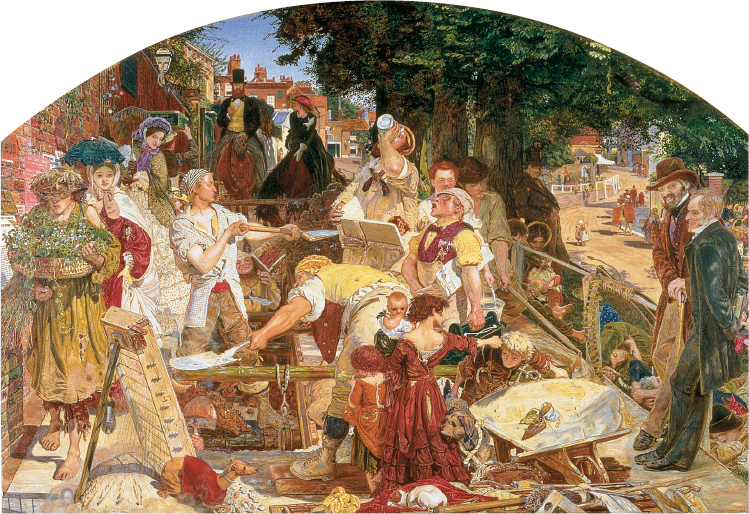Understanding World Societies:
Printed Page 703
The New Class of Factory Owners
Early industrialists operated in a highly competitive economic system. There were countless production problems, and success and large profits were by no means certain. Manufacturers therefore waged a constant battle to cut their production costs and stay afloat. Much of the profit had to go back into the business for new and better machinery.
Most early industrialists drew upon their families and friends for labor and capital, but they came from a variety of backgrounds. Many were from well-
As factories and firms grew larger, and opportunities declined, it became harder for a gifted but poor young mechanic to start a small enterprise and end up as a wealthy manufacturer. Expensive, formal education became more important for young men as a means of success and advancement. In Britain by 1830 and in France and Germany by 1860, leading industrialists were more likely to have inherited their well-

This midcentury painting provides a rich and realistic visual representation of the new concepts of social class that had become common by 1850. (Birmingham Museums and Art Gallery, Birmingham, UK/The Bridgeman Art Library)> PICTURING THE PASTANALYZING THE IMAGE: Describe the different types of work shown. What different social classes are depicted, and what kinds of work and leisure are the members of the different social classes engaged in?CONNECTIONS: What does this painting and its title suggest about the artist’s opinion of the work of common laborers?
Just like working-